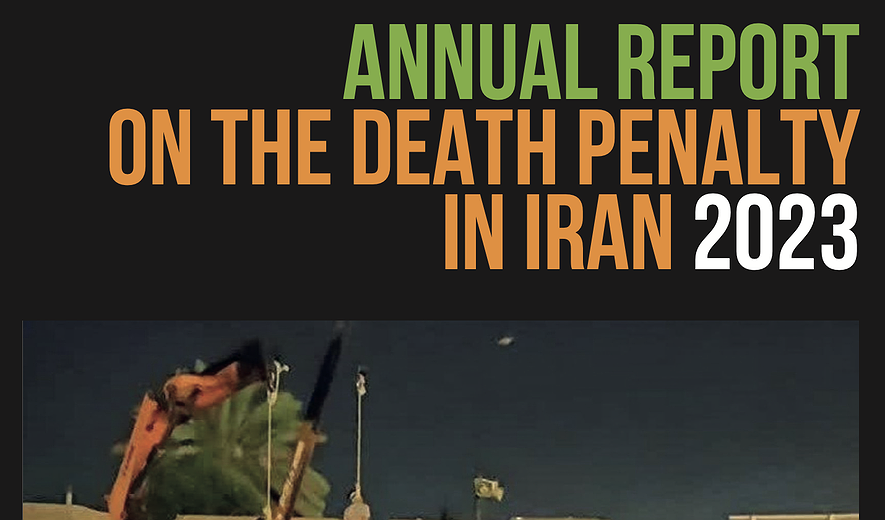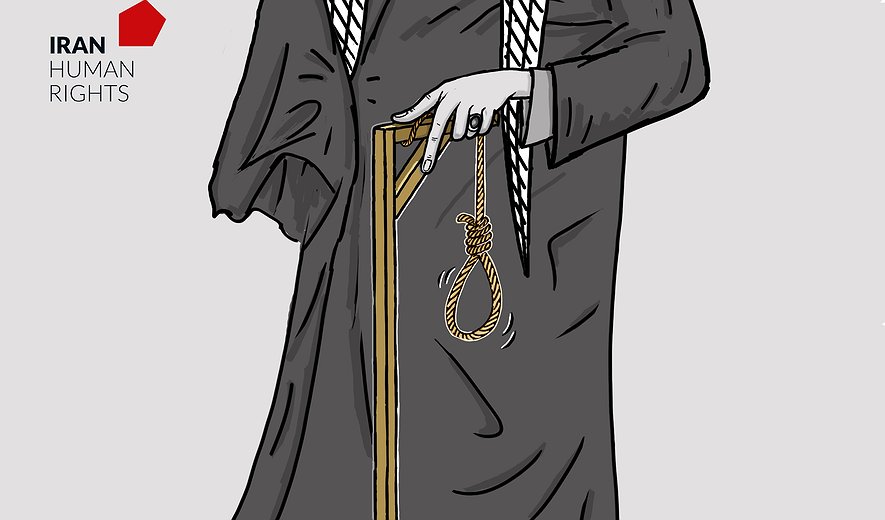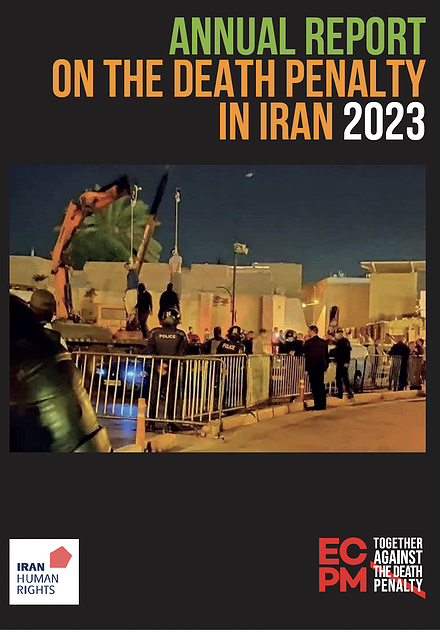Ways to Restrict the Death Penalty
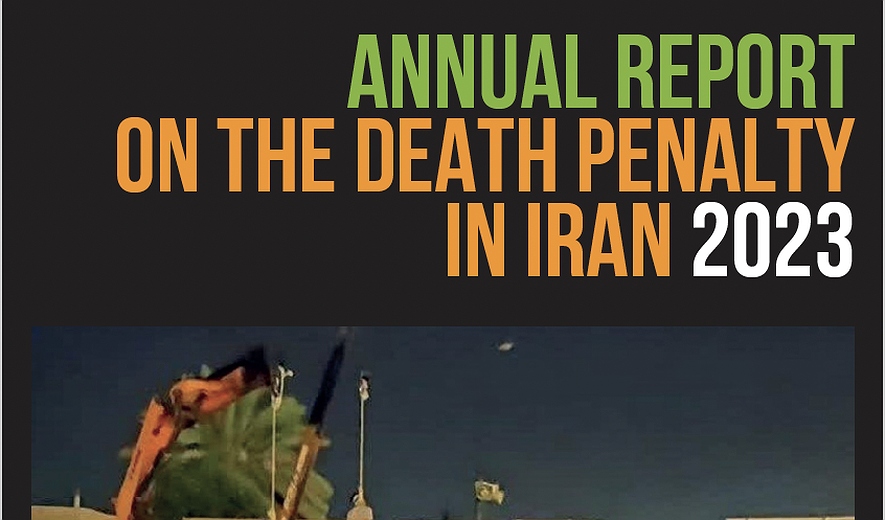
This is an extract from the 2023 Annual Report on the Death Penalty in Iran. To read the full report, please click here.
Sustained domestic campaigning and international pressure
The 2017 Amendments to the Anti-Narcotics Law, which was impelled by international pressure on the Islamic Republic to decrease drug-related executions, led to the most significant reduction in the number of implemented death sentences in the Islamic Republic’s history. From an average of about 403 annual executions between 2010-2017, the numbers dropped to less than 30 drug-related executions per year. At the time of the 2017 Amendment, Iran Human Rights warned that the Amendment would not lead to sustained reduction in the use of the death penalty as it did not address the issue of lack of due process and unfair trials. As feared, the impact of the Amendment only lasted for three years. In 2021, the number of drug-related executions increased by fivefold, a ten-fold increase in 2022, and eighteen fold increase in 2023 compared to the three years after enforcement of the new Amendment (2018-2020). This trend is likely to continue as this hike has not been met with appropriate international condemnations. Between 2018-2020, when the number of drug-related executions were relatively low, qisas executions (death penalty as retribution-in-kind) accounted for the majority of all executions. These two charges together have accounted for more than 80% of all executions in the last 10 years. Reducing the use of the death penalty in Iran is therefore dependent on a change in qisas laws and practices, in addition to an abolition of the death penalty for drug offences.
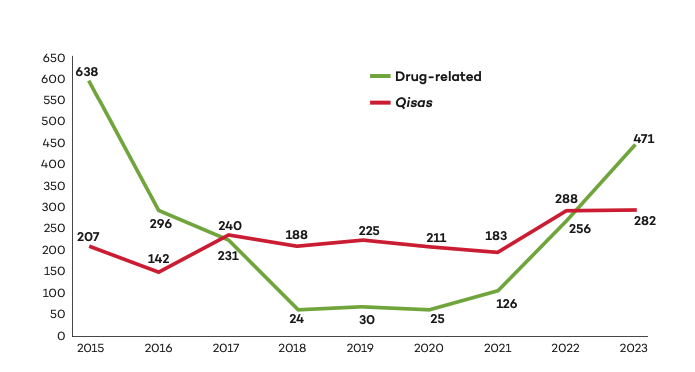
While the number of drug-related executions decreased significantly after the peak in 2015, the number of qisas executions had small fluctuations in both directions. In 2023, at least 282 people were executed for murder, a slight decrease compared to 2022 but higher than 2015-2021. Drug-related executions increased eighteen fold compared to the annual average of 2018 to 2020.
Experience over the past two decades have shown that the international community and Iranian civil society are the main driving forces behind any reform aimed at limiting the use of the death penalty in Iran. Halting the implementation of stoning punishments, which were carried out for adultery, and reducing the use of the death penalty for drug-related offences from 2018 to 2020 are two significant steps taken by the Iranian authorities to restrict the death penalty’s scope.
Both changes occurred as a result of simultaneous domestic campaigns and international pressure. The EU made the ban on stoning a condition for improved economic relations with Iran.[1] While the reduction in the number of drug-related executions was the result of a change of law and anticipated to be long-lasting, the recent rise in drug-related executions has demonstrated that the 2017 Amendment was not sustainable in restricting the use of the death penalty. Death sentences for drug offences can be issued by authorities through the Revolutionary Courts as long as capital punishment is sanctioned for drug offences and as long as the right to due process and fair trial are not guaranteed.
Likewise, the halt in implementing stoning punishments should be regarded as temporary, as it too is still written in law. A directive from the Head of Judiciary on the implementation of punishments published in June 2019 describes in detail how stoning sentences should be carried out. Stoning punishments can therefore be implemented again if international human rights mechanisms reduce scrutiny on the human rights situation in Iran.
Thus, sustained international pressure and domestic campaigns must call for a total abolition of these sentences in the law. A more detailed description of the events leading to changes in law and practice in the case of drug-related executions and stoning punishments can be found in the 2018 Annual Report on the Death Penalty.[2]
